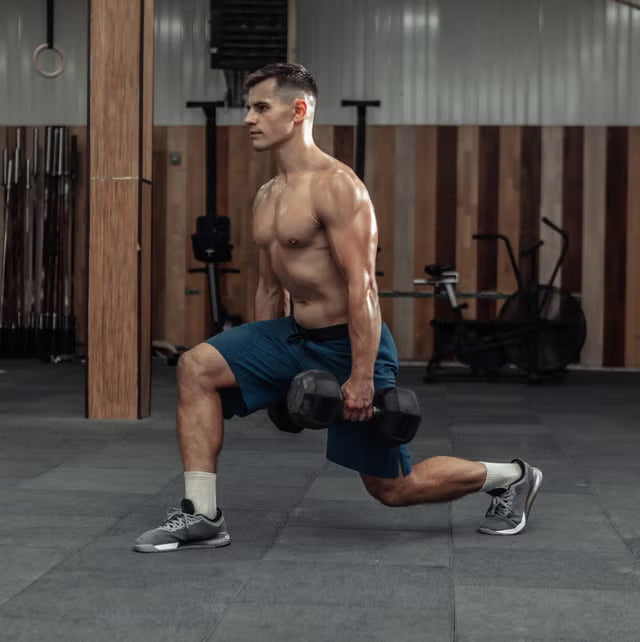Introduction: Why Lunges Hurt (and How to Fix Them)
Lunges are one of the best exercises for building strength, stability, and mobility. But for many people, they come with knee pain, poor balance, or just feeling “off.” The problem isn’t the movement itself. it’s how most people set it up.
At Korrect, we believe every movement should start with the foundation: breath and position. By dialing these in before you load weight, you not only protect your joints but also teach your nervous system that the lunge is safe.
Step 1: Start With Your Breath
Before you move, breathe. Breathing sets your ribcage and pelvis in the right position, which creates stability for the lunge.
-
Inhale deeply, filling your ribs and diaphragm.
-
Exhale fully, pressing into the floor with your feet.
-
Repeat for 2–3 minutes until your body feels integrated and ready.
This step primes your nervous system, telling it the lunge pattern is safe and stable.
Step 2: Get Into Position Without Moving
Don’t rush the rep. Set your feet and hips before you bend the knee.
-
Place your front foot flat, back foot balanced on the toes.
-
Keep your torso tall, ribs stacked over pelvis.
-
Exhale, then gently press into the floor as if you’re starting the lunge—without moving yet.
Hold for 3–5 deep breaths. Think of this as your “rehearsal” before the real rep.
Step 3: Warm Up With Integration Sets
Instead of jumping right into weighted lunges, practice 2 sets of this breathing-position drill. Just like rehearsal before a performance, these sets groove the pattern into your nervous system. When your body feels safe, your performance goes up and pain goes down.
Step 4: Progress to Loaded Lunges
Once your body feels stable and confident, you can add movement and load:
-
Keep your breath steady throughout the rep.
-
Control the descent—don’t crash into the bottom.
-
Drive through the floor as you exhale and return to standing.
Why This Works
This approach combines breathwork, biomechanics, and nervous system training. Instead of muscling through a painful lunge, you’re teaching your body to feel safe and strong in the movement. The result: better form, fewer injuries, and more strength gains.
Key Takeaways
-
Breath and position come before movement.
-
Nervous system integration makes lunges feel safe.
-
Warm up with 2–3 minutes of breathing and positioning.
-
Progress only once the lunge feels pain-free and confident.



Share:
Owning The Day: Korrected